Ancient news stories
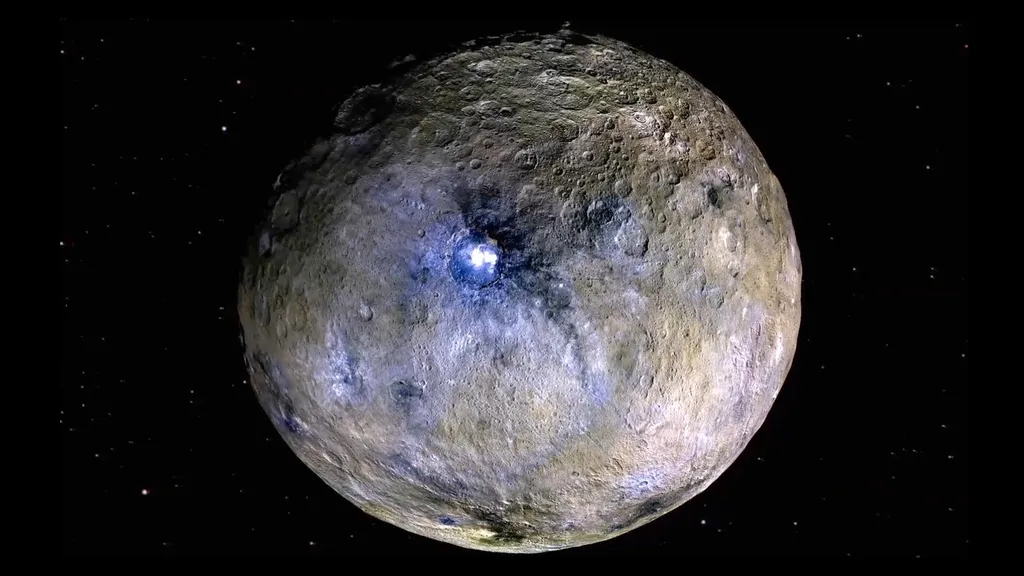
A new computer simulation suggests that dwarf planet Ceres may have been flung by the gravity of gas giant Jupiter toward the sun during the volatile era of planet formation 4.5 billion years ago.

Archaeologists have discovered 46 stunning depictions of goddesses from ancient Egypt, which were previously buried under layers of soot and bird poop. Artists created the detailed and colorful frescoes on the ceiling of a temple nearly 2,200 years ago.

A partial skull that was discovered last summer by two kayakers in Minnesota will be returned to Native American officials after investigations determined it was about 8,000 years old.

Parasite eggs found in 4,500-year-old human faeces suggest the builders of Stonehenge took part in winter feasts that included the internal organs of animals, researchers have revealed.
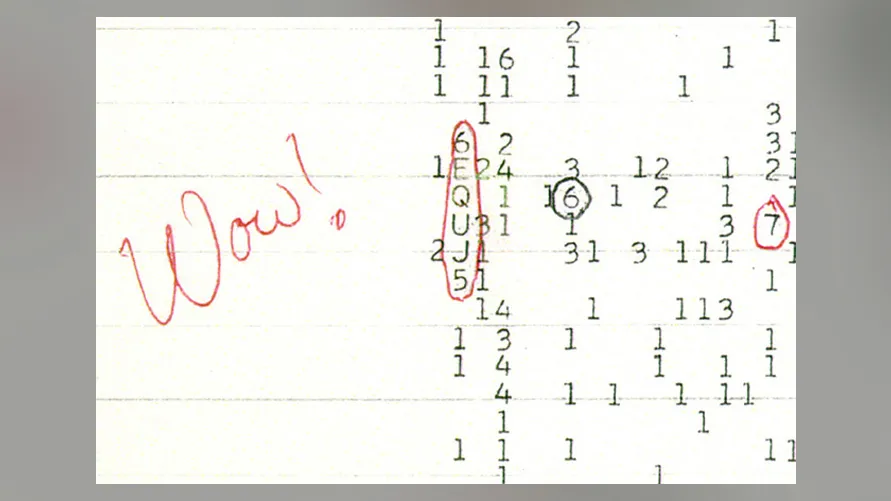
Researchers may have pinpointed the source of a famous supposed alien broadcast discovered nearly a half century ago.

‘Standard candle’ (or type Ia) supernova explosions are some of the most energetic events in the Universe, happening when a dense white dwarf star subsumes another star. Now, scientists think they’re found the first evidence on Earth of such a supernova.
New research coming out of the University of Cambridge, UK, suggests that complex ecosystems emerged earlier than we thought, in a period of Earth’s history called the Ediacaran.
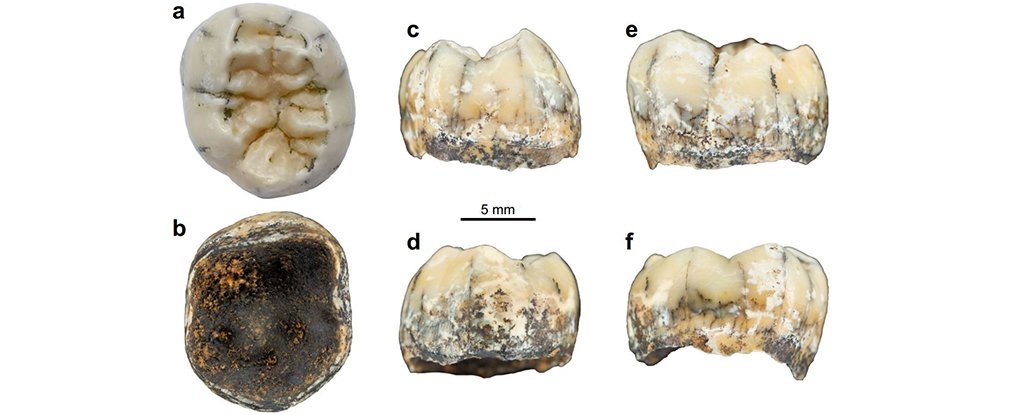
Deep in the forests of Laos, in a cave in the Annamite Mountains, lay a single child’s tooth. That tooth – an unassuming molar – could be from a mysterious species of human we know little about, and of which few remains are known to exist.
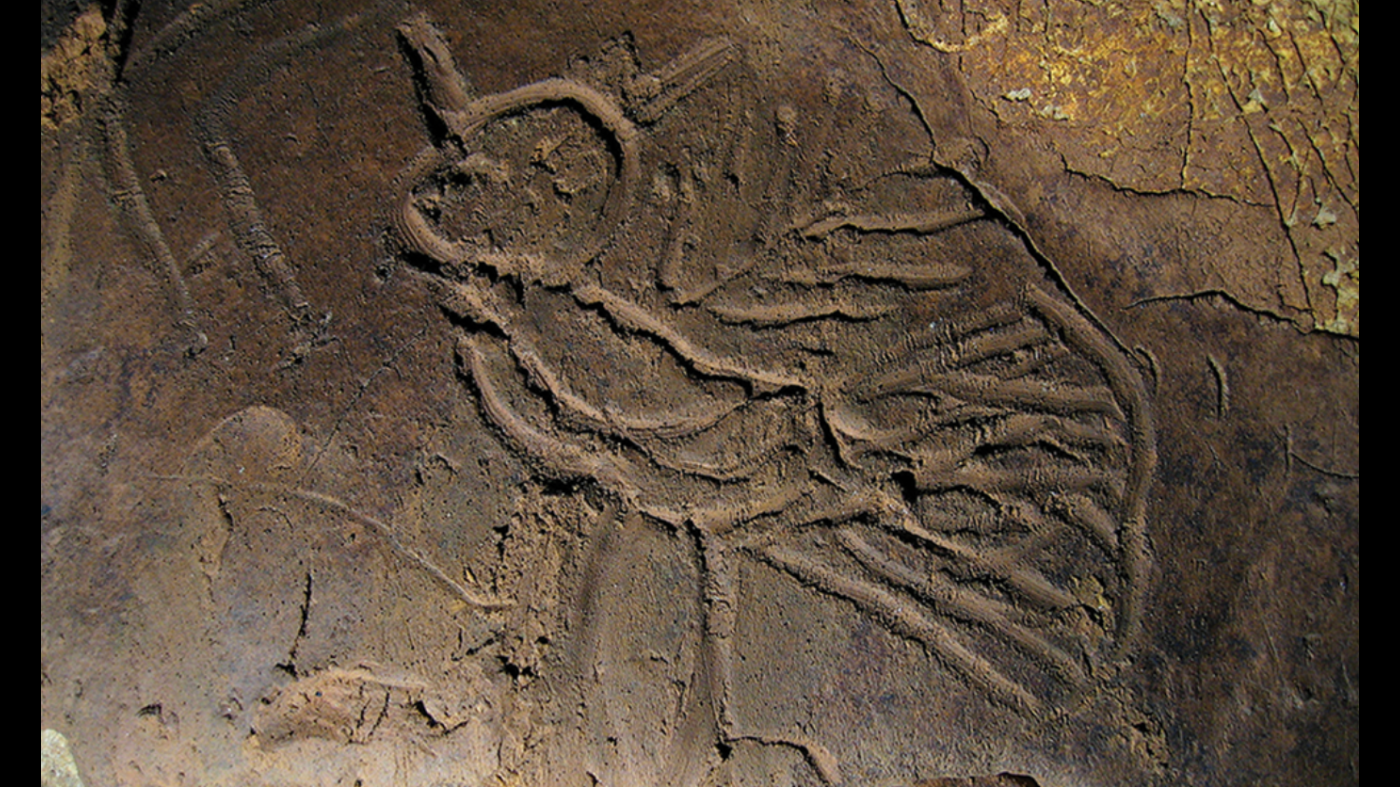
A recent advance in 3D imaging techniques helped spark the biggest ever discovery of North American cave art

A team of archaeologists in Egypt has discovered the 4,300-year-old tomb of a man named Mehtjetju, an official who claimed that he had access to “secret” royal documents.
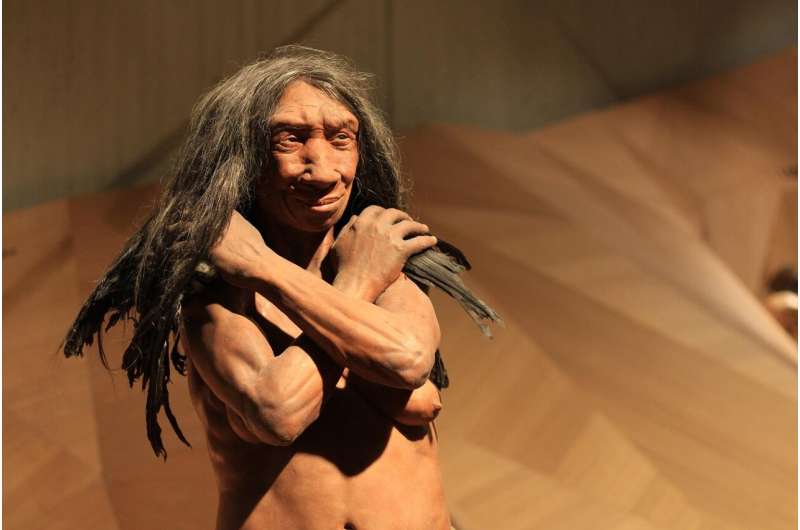
We need to dispel the arrogant and misguided idea that modern humans are superior to earlier human species.
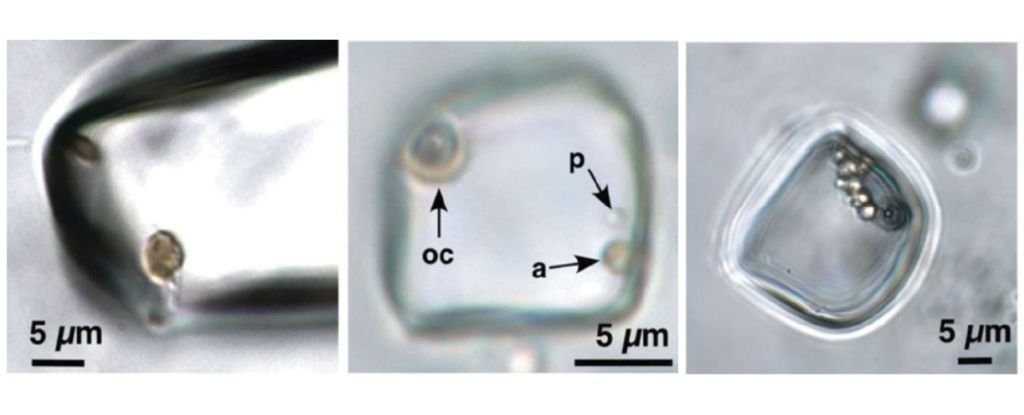
An incredible discovery has just revealed a potential new source for understanding life on ancient Earth.
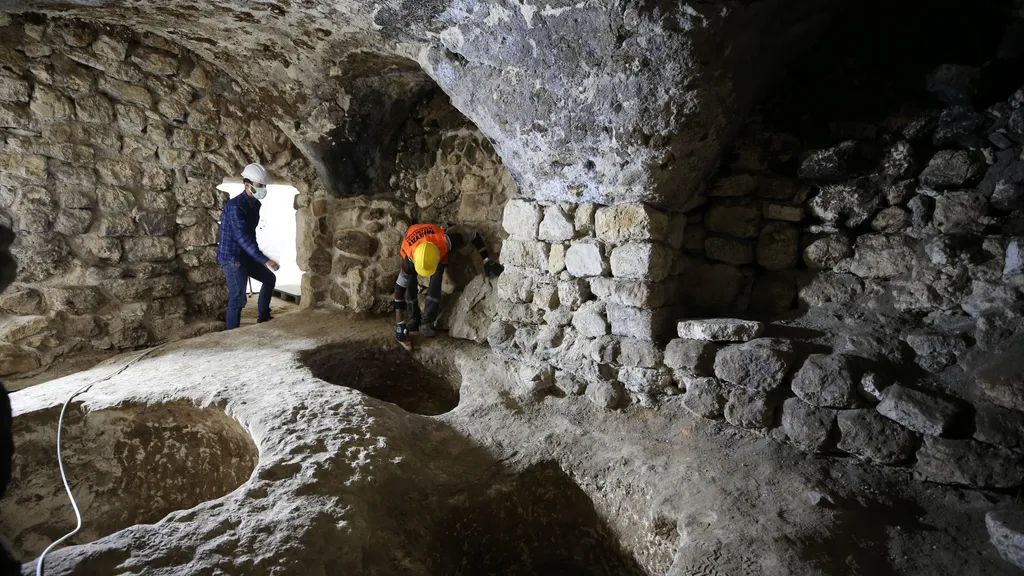
Archaeologists in southeastern Turkey have unearthed a vast underground city that was built almost 2,000 years ago.
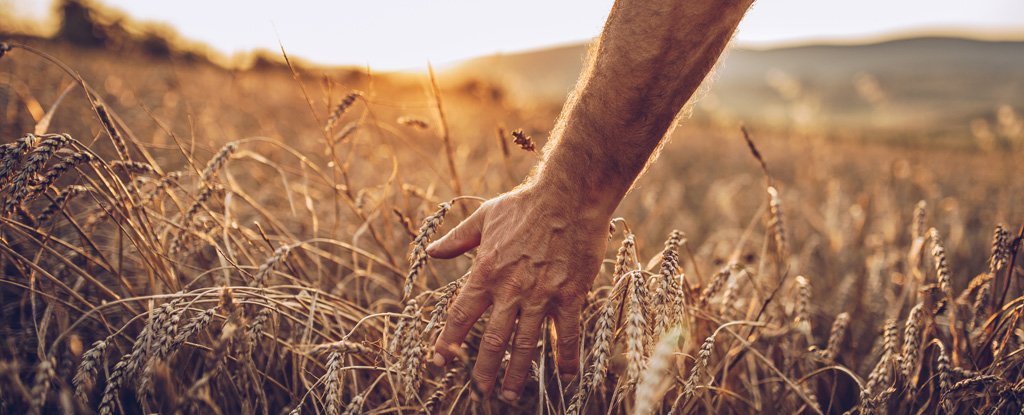
Once thought to have originated and spread culturally from a single population in what’s now the Middle East, farming drastically changed our world and continues to do so to this day, for both better and worse.

Stonehenge has been intensively studied for centuries. Yet even now, we are still discovering new aspects of the famous site. An archaeological ‘biopsy’ of the surrounding landscape has revealed a hidden network of large pits encircling the stone structure.

The first whole genome sequences of the ancient people of Uruguay provide a genetic snapshot of Indigenous populations of the region before they were decimated by a series of European military campaigns








